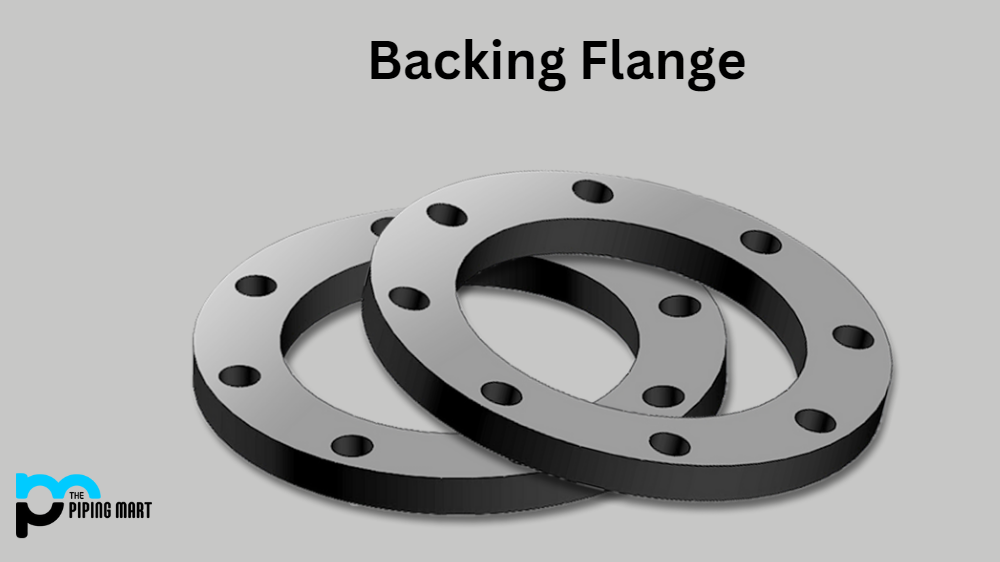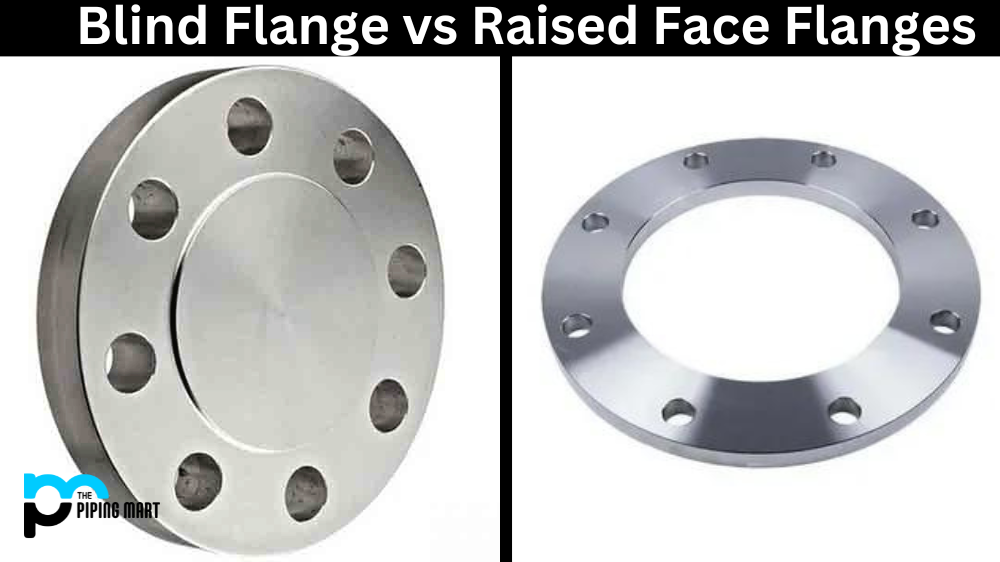A backing flange is an essential component of the welding process. The backing flange supports the weld and helps ensure that the finished weld is as strong and secure as possible. In this blog post, we will discuss a backing flange, its workings, and its various uses in welding.
What is Backing Flange?
A backing flange is a type of flange used to provide support for a pipe joint. It is welded onto the pipe or fitting to offer additional strength and stability, especially under high pressure or stress conditions. Backing flanges are available in various sizes and materials to suit different piping applications. They securely hold the pipe joint in place, ensuring a reliable and leak-free connection. Commonly used in industries such as oil and gas, petrochemical, and plumbing, they enhance the integrity and durability of pipe joints.
Backing Flanges Types
Backing flanges are available in several different types, including flat-faced, tapered-face, and stepped-face varieties. Flat-faced backing flanges have an even surface on both sides and can be used with most types of welding. Tapered-face and stepped-face backing flanges have one or more angled surfaces on either side, which provide greater stability when welding thicker materials or joints with larger gaps between them.
Backing Flanges Uses
Backing flanges are commonly used in pipe fabrication work, where they help provide additional stability for large-diameter pipes during welding. They are also commonly used in sheet metal fabrication, where they help provide extra strength and stability for thin sheets during welding operations. Additionally, they can be used in any welding project where extra stability is needed for larger joints or thicker materials.
Backing Flange Welding
Backing flange welding is a process used in industrial steel fabrications to secure additional thickness to the root of a weld joint. This process is incredibly helpful in ensuring that the joint has enough structural integrity to support whatever it is used for. Still, it must be done with the utmost care and attention by an experienced welder. Depending on the material being welded and the environment, different approaches may need to be utilized to achieve optimal results. Even small misalignments or deviations from recommended practices can have big consequences for this type of welding.
Backing Flange Dimensions
| NPS | OD (Outside Diameter) |
ID (Inside Diameter) |
T (Thickness) |
BC (Bolt Circle) |
Holes Diameter | Number of Bolt Holes | 45 Degree Bevel (B) |
Weight Each (lbs) |
|---|---|---|---|---|---|---|---|---|
| 2 | 6.000 | 2.440 | 0.500 | 4.75 | 0.750 | 4 | 0.250 | 3.1 |
| 3 | 7.500 | 3.570 | 0.500 | 6.00 | 0.750 | 4 | 0.250 | 4.6 |
| 4 | 9.000 | 4.570 | 0.500 | 7.50 | 0.750 | 8 | 0.250 | 6.2 |
| 6 | 11.000 | 6.720 | 0.500 | 9.50 | 0.875 | 8 | 0.250 | 7.8 |
| 8 | 13.500 | 8.720 | 0.500 | 11.75 | 0.875 | 8 | 0.250 | 11.2 |
| 10 | 16.000 | 10.880 | 0.500 | 14.25 | 1.000 | 12 | 0.250 | 14.0 |
| 12 | 19.000 | 12.880 | 0.500 | 17.00 | 1.000 | 12 | 0.250 | 20.4 |
Conclusion
As you can see, there are many uses for a backing flange in welding projects. Not only does it provide extra support for the welds themselves, but it also helps prevent contamination from entering into the joint being worked on. Whether you’re working on pipe fabrication or sheet metal fabrication projects, having a quality set of backing flanges can make all the difference in creating strong and secure welds every time!

Pipingmart is a B2B portal that specializes in metal, industrial and piping items. Additionally, we share the latest information and information about materials, products and various types of grades to assist businesses that are involved in this business.





